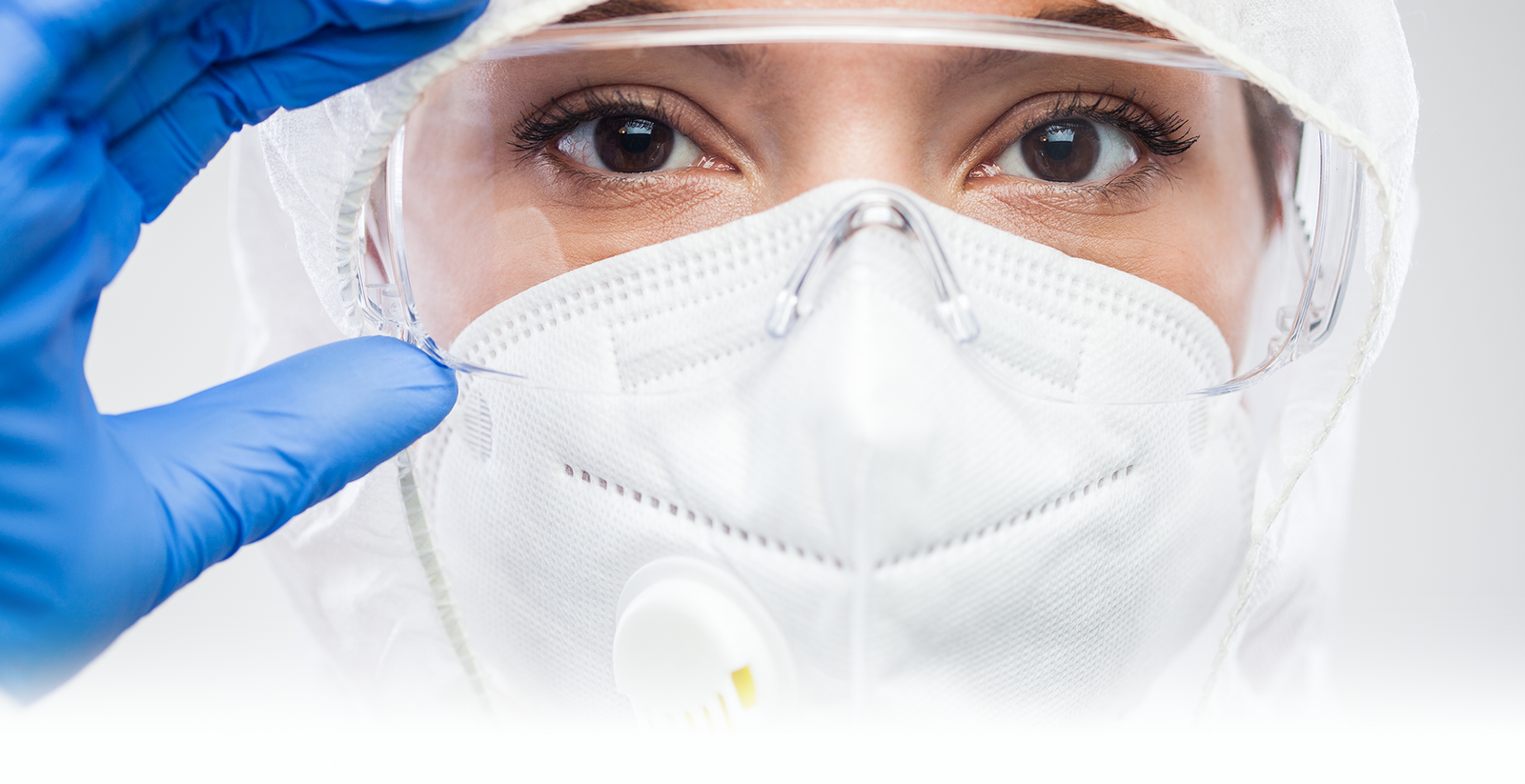
Gown. Glove. Guard. PPE Makes You the Filter, Not the Failure.
From compromised product safety to costly recalls and regulatory setbacks, even the smallest contamination can have costly consequences in pharmaceutical manufacturing, biotechnology labs, and medical device production. That’s why Personal Protective Equipment (PPE) is absolutely critical. PPE doesn’t just protect the people wearing it; it acts as a vital barrier that prevents human-borne particles, microbes, and contaminants from entering the cleanroom environment. Without proper PPE, the entire manufacturing process—and ultimately the end users—are at risk. Understanding how to select and use PPE correctly is therefore essential to maintaining product integrity and safeguarding public health.
Understanding Contamination Risks and PPE Functionality
Cleanrooms are designed to minimize particulate and microbial contamination, regulated by international standards such as ISO 14644. According to these standards, contamination can originate from people, materials, and equipment. Personnel are a primary source of contamination through skin flakes, hair, and microbes, as well as fibers and particles shed from clothing.
Cleanroom PPE acts as a physical barrier to contain these contaminants. It prevents skin particles, hair, and microbes from dispersing into the environment, while also minimizing particle generation from the garments themselves. High-quality cleanroom garments are designed to be low-linting, non-shedding, and often incorporate anti-static properties to reduce electrostatic particle attraction — a critical factor in contamination control.
Technical Specifications for Effective Cleanroom PPE
Effective cleanroom PPE must conform to specific design and material requirements:
Material Composition: Cleanroom garments typically use nonwoven polypropylene fabrics, polyester, or laminated materials that offer low particle emission and resistance to microbial penetration. These materials are often tested for particle filtration efficiency (PFE) and bacterial filtration efficiency (BFE) to ensure protection (ASTM F2407).
Garment Design: Cleanroom clothing must provide complete coverage, including wrists, ankles, neck, and head, to eliminate exposure of personal clothing or skin. Features such as elasticized cuffs, thumb loops, and secure closures help maintain coverage during movement (IEST-RP-CC003.4).
Anti-Static Properties: Static electricity can attract particles to surfaces and garments, increasing contamination risk. Many cleanroom garments incorporate conductive fibers or are treated to dissipate static charges, essential in electronics manufacturing or environments sensitive to electrostatic discharge (ESD Association Standard S20.20).
PPE Components in Cleanroom Environments
MediClean’s cleanroom PPE offerings include garments and accessories that align with these technical standards:
Coveralls and Gowns: Made from low-shedding materials to prevent particle release while offering a protective barrier against contamination.
Head and Face Covers: Bouffant caps, hoods, masks, and beard covers to contain hair and respiratory droplets, reducing microbial contamination risks.
Gloves: Typically made from latex, nitrile, or vinyl, cleanroom gloves must provide tactile sensitivity while being powder-free to avoid particle contamination.
Footwear Covers: Designed to prevent particle transfer from shoes into cleanrooms.
Safety Eyewear and Face Shields: For personnel protection against chemical or physical hazards without compromising cleanroom integrity.
Best Practices and Regulatory Compliance
Proper use and maintenance of PPE are critical for effective contamination control:
Gowning Protocols: Personnel should follow step-by-step gowning procedures to minimize contamination risks. This includes hand hygiene before donning gloves and donning PPE in a controlled environment.
Training: Regular training ensures that cleanroom personnel understand the importance of PPE, proper donning/doffing techniques, and behavioral protocols to reduce contamination.
Inspection and Replacement: PPE should be regularly inspected for damage, contamination, or wear. Disposable PPE should be discarded after use, while reusable items require proper cleaning and sterilization.
These practices help ensure compliance with industry standards such as ISO 14644, FDA guidelines, and Good Manufacturing Practices (GMP).
Personal Protective Equipment plays an essential role in maintaining the cleanliness and safety of controlled environments. By understanding the technical requirements and regulatory standards behind cleanroom PPE, organizations can confidently select products that protect both their people and their processes. MediClean’s carefully curated selection of cleanroom PPE delivers reliable performance and compliance to meet the demanding needs of the life sciences industry.
At MediClean, small business is a big deal to us. That’s why we’re committed to providing tailored solutions and attentive support that empower small businesses—to achieve uncompromising cleanroom standards and protect what matters most.
Discover more at: medicleaninc.com/cleanroom-ppe